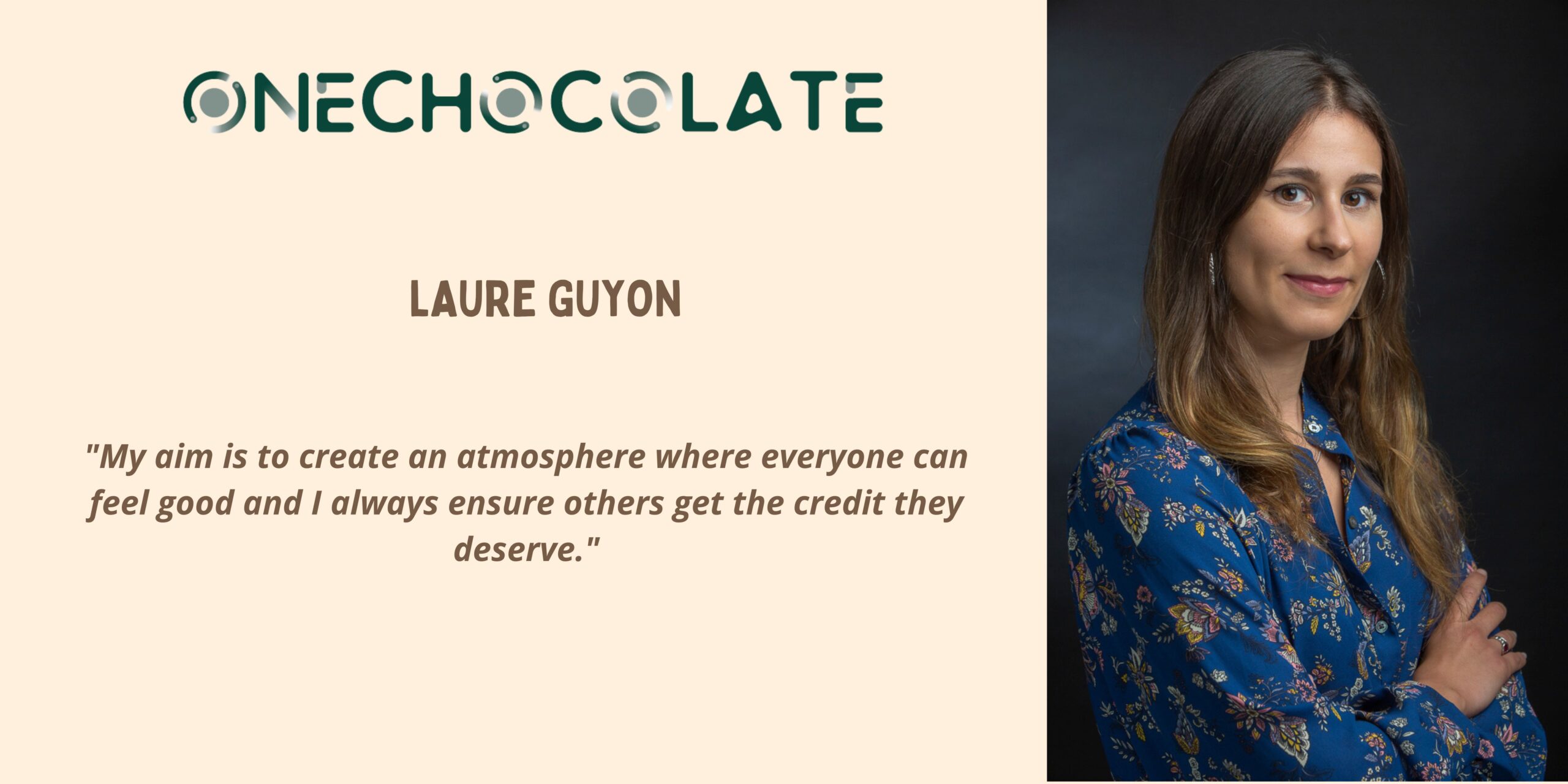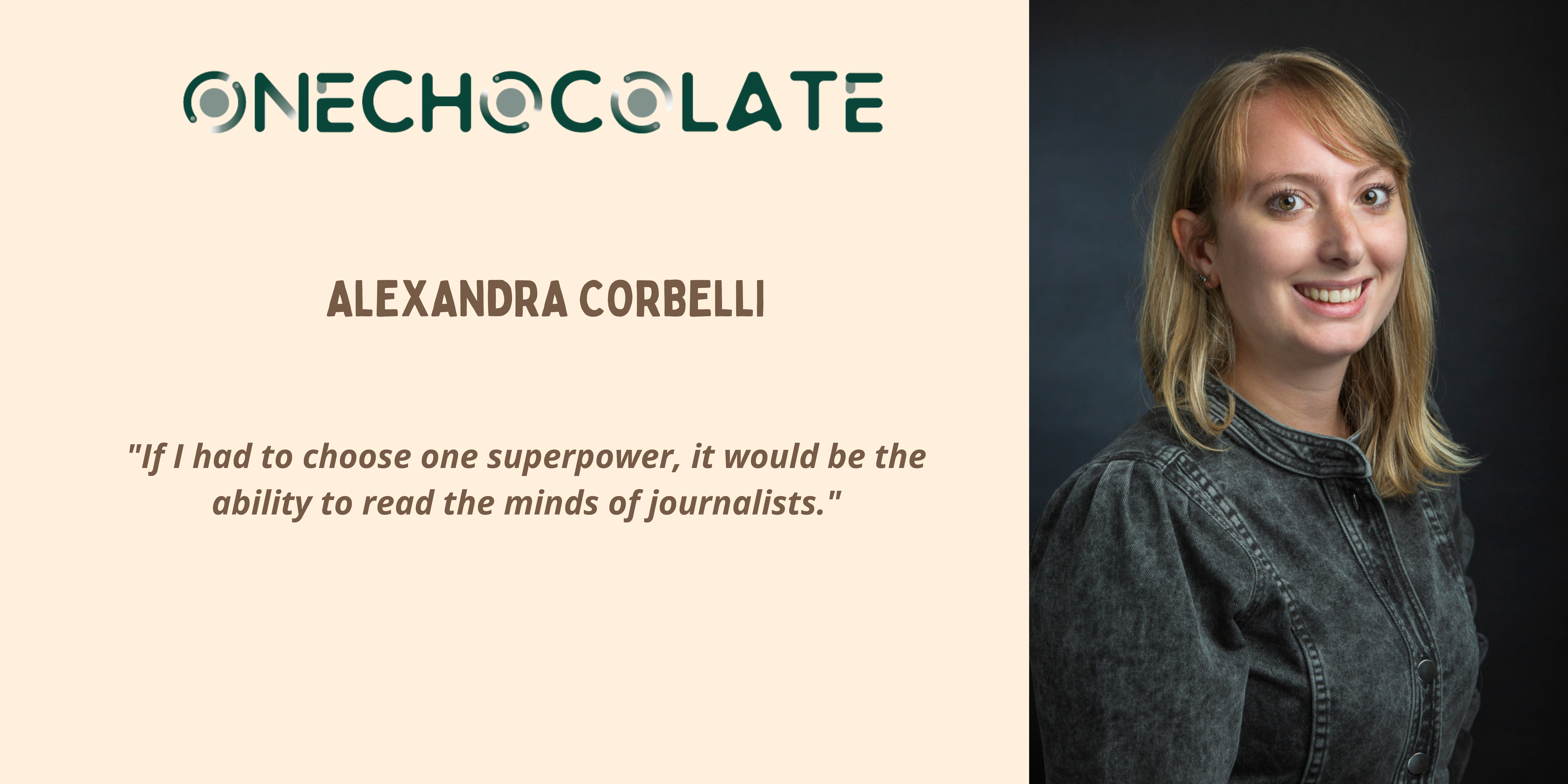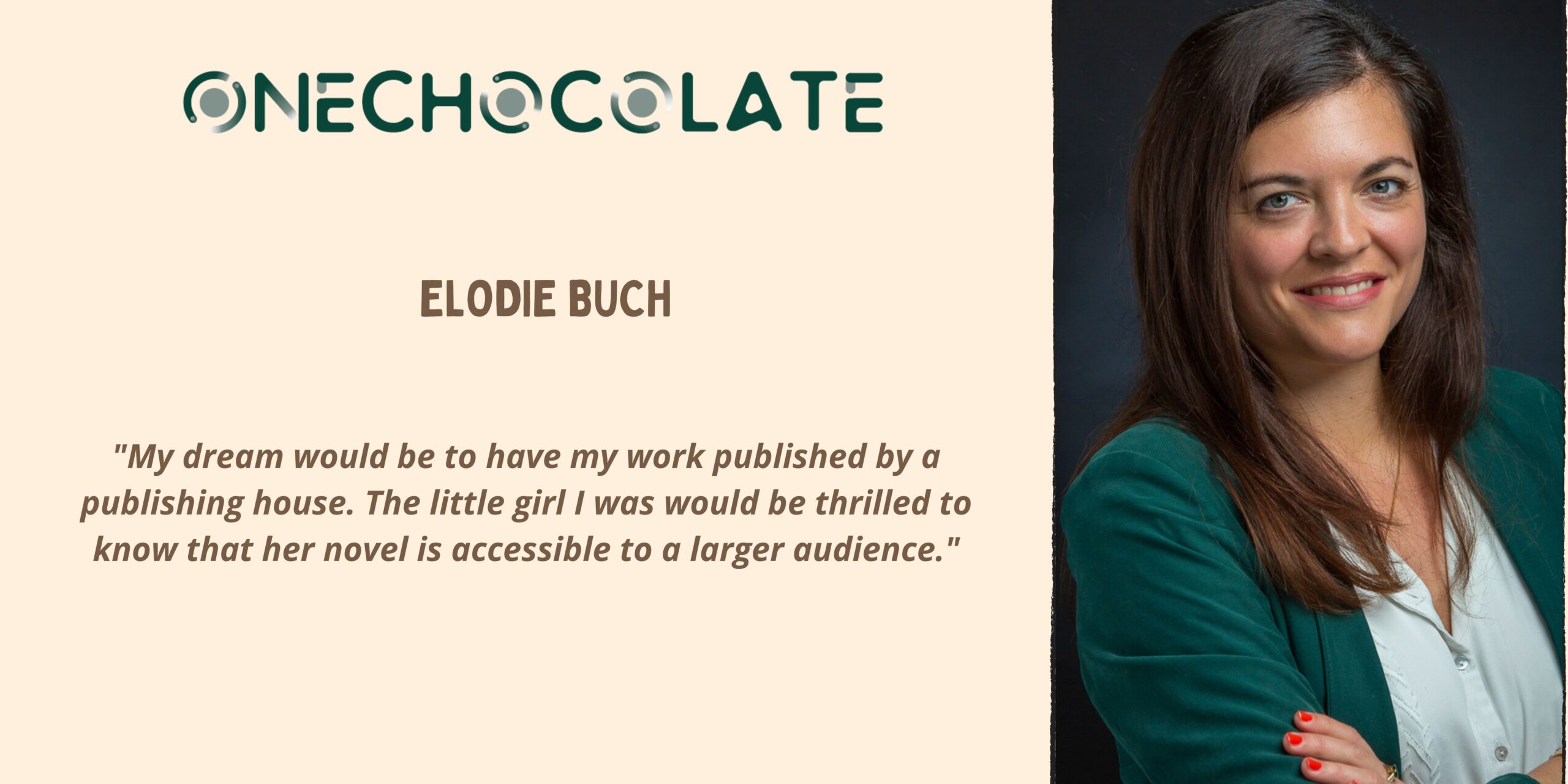
Six months after the Covid-19 outbreak in France, Serge Leblal, Editorial Director of the IT News Info group– which includes Le Monde Informatique – had shared with us his analysis of the IT sector and the IT press situation and their possible evolution. At the time, the specific context seemed to tend toward a major reshuffling of cards in journalism for every stakeholders.
I was lucky enough to have a new opportunity to interview Mr Leblal again about his perception of the way things have evolved, three years on from the start of the pandemic.
When I first interviewed you, the Covid pandemic had been going on for about six months in France. At that time, you said: “As we never know what tomorrow will bring, we need to remain vigilant and keep up our efforts to maintain a comfortable situation.” How has the situation of the IT press changed since then, generally speaking?
For both people and businesses, the epidemic has been a catalyst for many careers – as a lot of workers made professional decisions more quickly than they would have under normal circumstances – but also for the collapse of the companies which were not as robust as their counterparts.
On the press market, lots of takeovers and restructurings happened, and new entrants appeared. Currently, the main challenge for the IT trade press is to succeed in recruiting young people who show a modicum of interest in new technologies. Although there are still many topics to discover and a lot of interesting people to meet, becoming an IT journalist requires personal investment to maintain one’s knowledge about current IT issues and events, which tend to become increasingly complex.
However, unlike the mainstream press, the B2B IT press is not getting any younger because there is no staff renewal. This observation is not specific to France: young journalists happen to be way more attracted by themes like sports and politics, which makes it all the more complicated to get them involved in our topics.
Now that the pandemic is behind us, how do you see the future of the IT press and the challenges it will face or is already facing?
I am rather pessimistic, even though I should not be. The market has been consolidated around a couple of “first division” stakeholders, who provide very good coverage and quality work, followed by a large number of “Z division” stakeholders. Yet there is not much in-between, which is a pity.
In contrast, the pace at which we receive invitations to press events has clearly changed. These days, I spend more time declining than accepting them, because the number of requests has piked in the past few months, but also because we have less time. At LMI, we used to have a shared spreadsheet on which all the events to which we were invited were listed to divide them up between us; but even with this system, it has become mission impossible. We are clearly under-staffed.
As for events which take place abroad, they are much more numerous than before the epidemic. If 2022 was a very busy year – seemingly to make up for the cancelled ones of the Covid years -, 2023 promises to be busier than ever.
We have also observed a post-pandemic drift, with event formats and timetables that had never been seen or heard of before, such as a conference lasting from 6 pm to 10 pm, to match West Coast time of the United States. We have had too many video-conferenced events, and everyone has had enough: after all, there is no substitute for physical encounter and face-to-face conversation!
What trends are you noticing among companies and suppliers?
There are currently a lot of takeovers to buy technologies and gain time with regard to innovation. Many businesses specialised in open source technologies are following this path but are finding it difficult to monetise their platform. However, in this market, it has become more and more crucial to generate revenue, particularly with the rise in interest rates. On top of that, organisations are under even more pressure to compensate for the challenges they encounter in trying to secure a loan. I am not saying that this did not exist before, but it is much more prevalent today.
In terms of technological innovations that need to be followed closely, the first that come to mind are composable or disaggregated computing, which is going to be a big trend over the next ten years, especially with CXL 3.0. We will also hear a lot about multi-cloud and the “true cost” of the cloud, as users will start to take a closer look at their subscription models in the public cloud and compare them with a private cloud offering. Today, many French companies are following this trend, trying to help their customers save money.
Finally, what is your cultural recommendation of the moment?
I warmly recommend the Vermeer retrospective at the Rijksmuseum in Amsterdam [which ends on June 4th]. As I did not have time to see it during the Cisco Live event in February, I am eager to go and see it during the KubeCon event.
This interview was conducted by Elodie Buch in March 2023




